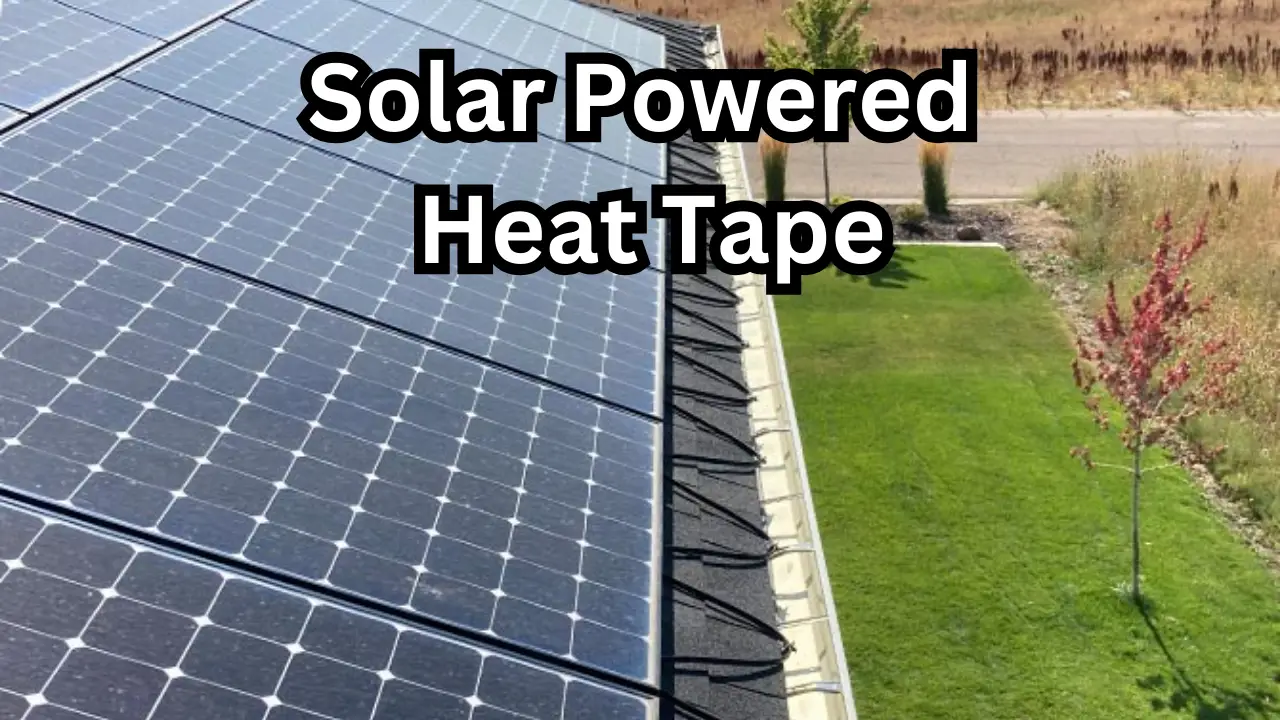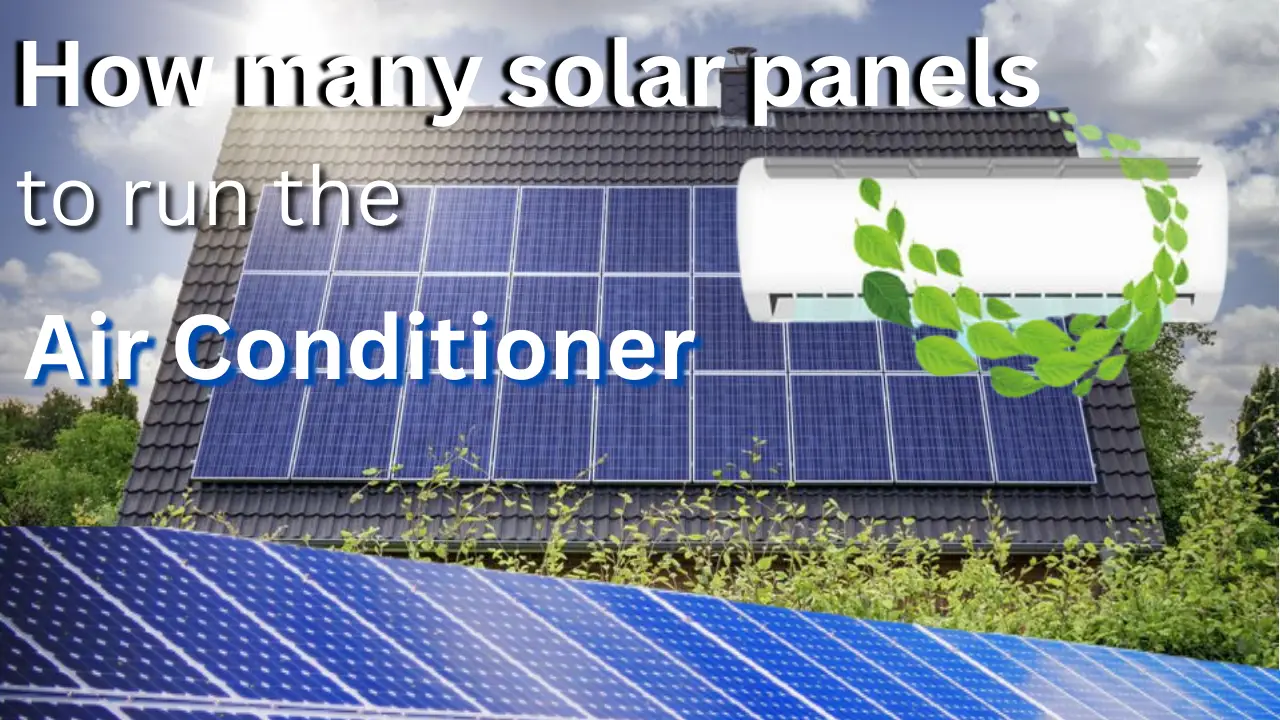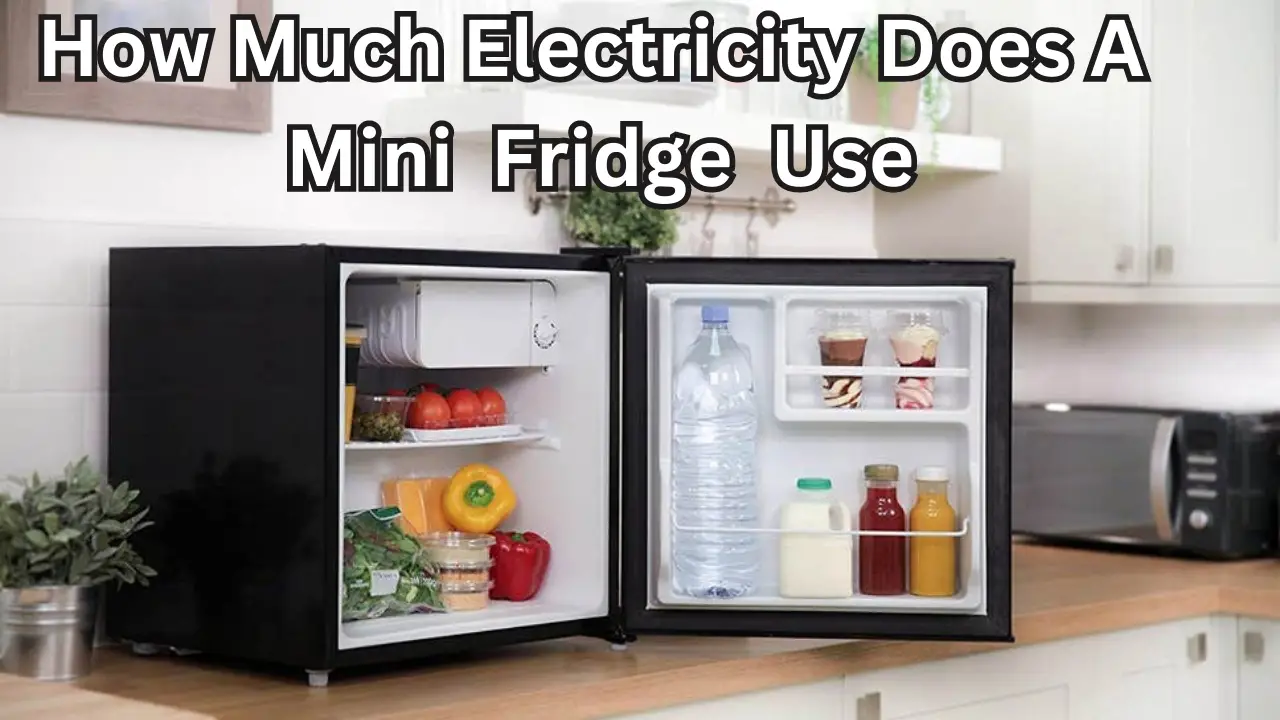Recreational vehicles (RVs) give you the freedom to travel while still taking advantage of home amenities. One of the most essential amenities in an RV, especially in the sweltering summer, is the air conditioning system. However, did you ever wonder how many watts an RV air conditioner consumes?
Being aware of this is essential for effective energy management while traveling because it affects how you use your RV in general. This article will examine the power usage of RV air conditioners and offer advice on how to make the most of them.
A 13,500 to 15,000 BTU RV air conditioner will typically use 1,300 to 1,500 watts of power, while they may occasionally reach a peak of 1,800 to 2,000 watts while in use.
RV Air Conditioner Basics
In hot weather, RV air conditioners are made to cool down the interior of your vehicle, making it more pleasant. There are several different kinds of these units, including rooftop and portable ones, and they all run on electricity. The air conditioner can be powered by electricity when you plug your RV into a power source or use a generator.
Different Types Of RV AC Units
The air conditioning unit is one of the most crucial parts of keeping your RV cool and comfortable. But not every RV air conditioner is made equal. RV AC units come in a variety of varieties, each with its own advantages and disadvantages. We’ll go into great detail about the roof-mounted, window-mounted, and portable RV AC units in this article.
Rooftop RV Air Conditioners

The most common kinds of RV air conditioners are those that are positioned on the roof. They can chill the entire RV thanks to their installation on the roof. These items cannot readily be removed because they are permanent fixtures.
Pros:
- For bigger RVs or those who need to chill many rooms, roof-mounted units are the best option because they can cool the entire vehicle.
- They are often the most resilient choice and, with proper upkeep, can last for many years.
Cons:
- Roof-mounted units are the most expensive option.
- Installation is frequently complicated and necessitates expert assistance.
Window-mounted RV Air Conditioners

The window air conditioners used in RVs are comparable to those used in residences. They are put in a window, and they just chill the space where they exist. These units are a popular choice for RVers who just need to chill one part of their RV because they are simple to install and remove.
Pros:
- Units that are mounted in windows are the least expensive choice.
- They are a fantastic option for RVers who only occasionally need cooling because they are simple to install and uninstall.
Cons:
- Window-mounted units are less efficient for bigger RVs or for people who want to cool many rooms because they can only cool the space where they are installed.
How Many Watts Does An RV AC Use?

BTU rating, voltage, EER, ambient temperature, and insulation/ventilation all affect how much AC electricity an RV uses. Hot weather and higher BTU values might increase usage. To prevent problems, match the RV’s AC voltage. Higher EER appliances are more energy-efficient and use less power. Insulation and ventilation done properly lower energy requirements.
The size and brand of the RV affect how many watts the AC requires, as we previously explained. Smaller air conditioners can operate at 700 to 1250 watts while larger ones take 1500 to up to 3500 watts.
Let’s review the wattage consumption of the most widely used RV air conditioners.
| RV Air Conditioner | Wattage | Estimated Working Hours (Hours) | Estimated power Needed daily (Watt-hours) |
| Atwood Air Command | 1265 watts | 12 | 15180 |
| Coleman-Mach 3 Power Saver | 1070 watts | 12 | 12840 |
| Furrion Chill | 1620 watts | 12 | 19440 |
| Dometic Penguin II High Efficiency (Low Profile) | 1300 watts | 12 | 15600 |
RV AC Watts Consumption Based on Stage
The starting and running wattages of RV air conditioners are their two most crucial operating phases. The greatest power surge an AC needs to start up is known as startup power. In contrast, an AC’s running wattage represents its constant working power.
| RV Air Conditioner Size | Watts Required for startup | Average wattage once running |
| 7000 BTU | 1700 | 600 |
| 10,000 BTU | 2000 | 700 |
| 13,500 BTU | 2750 | 1250 |
| 15,000 BTU | 3500 | 1500 |
How to Calculate the Watts or Amps Your RV Air Conditioner Uses
Let’s say you want to know if your Honda 2,000-watt generator is capable of powering a 15,000 BTU RV air conditioner.
There are two techniques to determine how many watts your air conditioner uses:
- Read the AC label. You should find a specified wattage under the “Power” segment on the label or specification sheet.
- Simply perform the calculation using the BTU capacity.
The label may be checked with ease. The issue is that either the RV AC doesn’t have a label, or we misplaced the specs sheet.
Do not fret. Using this straightforward technique, you can compute the RV AC watts pretty easily:
“There will be a 100-watt power draw for every 1,000 BTU of cooling output from the RV air conditioner.”
This is caused by the average RV AC unit’s 10 EER rating.
Example: 1,500 watts will power a 15,000 BTU RV air conditioner with a 10 EER rating. However, you’ll probably need at least 3,500W of power (startup wattage) to turn this air conditioner on.
Okay, what if you knew your generator’s amps rather than its wattage?
For instance, you must determine how many amps an RV air conditioner consumes if you have a 50-amp generator. Here’s how to go about it:
- On a 115V circuit, all RV AC units operate. You can use this crucial information to determine, for instance, how many watts a 50-amp RV AC uses.
- You must multiply amps by the voltage to obtain watts.
Example –
How many watts can a 50-amp generator produce?
Simple calculation:
50 Amps x 115 Volts = 5,750 Watts.
In essence, a generator with 50 amps is equivalent to one with 5,750 watts.
How to Estimate the Energy Usage of Your RV’s Air Conditioner
You can use the following formula to calculate how much energy is used by the air conditioner in your particular RV:
Power consumption in watts x Hours of usage per day = Total daily energy usage in watt-hours
W x Hr = Wh
Let’s take an example where you run your RV air conditioner for 8 hours a day, and it consumes 1500 watts each hour. You would multiply 1500 watts by 8 hours to get 12,000 watt-hours, or 12 kilowatt-hours, of total day energy use.

If you’re unsure of how many hours a day you use the air conditioner in your RV, you can monitor it for a few days to get an idea. Alternatively, you can monitor the energy consumption over time with a power meter.
How To Choose An RV Air Conditioner
- Determine the size of the unit: Based on the size of your RV and the anticipated number of users, choose the appropriate unit size.
- Look for an Energy Star rating: Ensure the appliance has an Energy Star certification to ensure it is energy-efficient and will ultimately save you money.
- Verify the voltage: Make sure the appliance is built to function with the voltage your RV provides.
- Consider the noise level: If you’re sensitive to noise, make sure to purchase a unit that is certified for minimal noise. Some RV air conditioners are noisier than others.

FAQs
How Big of a Generator Do I Need for an RV Air Conditioning Off Grid?
Your needed air conditioner size and the length of time you want it to operate will determine the amount of generator you need to power an RV AC when off-grid. You need a strong solar generator to support an air conditioner because it consumes a lot of energy to operate.
What is the electrical consumption of an RV air conditioner?
The BTU cooling output is the major factor that determines how much electricity an RV air conditioner needs. You require roughly 100 watts of electric power input for every 1,000 BTU of cooling output.
Does Running an RV AC Require Shore Power?
Most RVs can run their air conditioners without a shore power connection. Since you won’t be home as often and won’t need as much energy, if the RV is solely used for summer travel, it won’t need a generator. Some RVs use more energy than others; therefore, they could require expert wiring or shore power cables before they function.
Conclusion
To successfully manage your RV’s energy usage, you must be aware of how many watts an air conditioner uses. You may keep cool and comfortable on your RV excursions while reducing your environmental impact and saving on energy costs by picking the right AC unit, maintaining it correctly, and putting into practice energy-saving habits.





